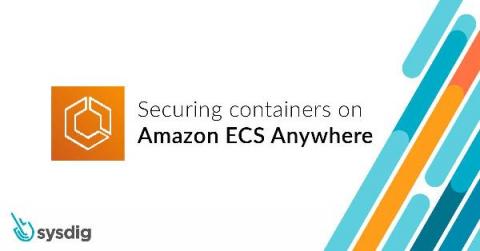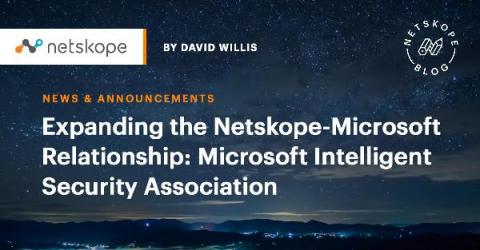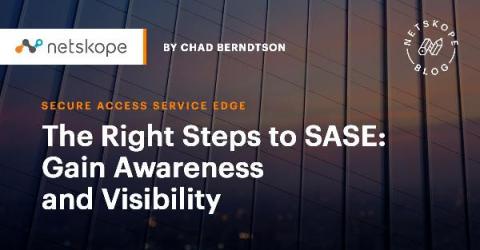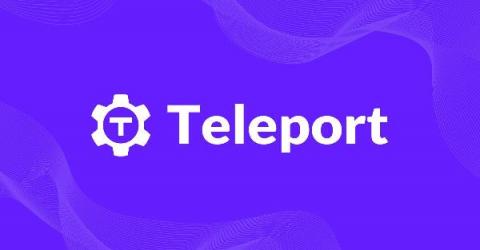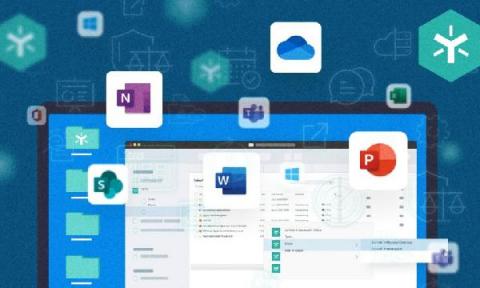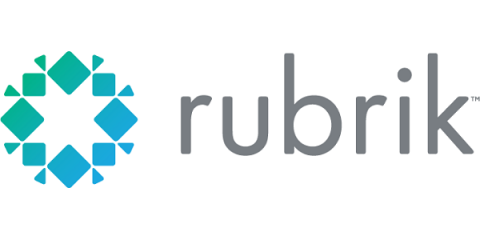Securing containers on Amazon ECS Anywhere
Amazon Elastic Container Service (ECS) Anywhere enables you to simply run containers in whatever location makes the most sense for your business – including on-premises. Security is a key concern for organizations shifting to the cloud. Sysdig has validated our Secure DevOps platform with ECS Anywhere, giving AWS customers the security and visibility needed to run containers confidently on the new deployment model.


